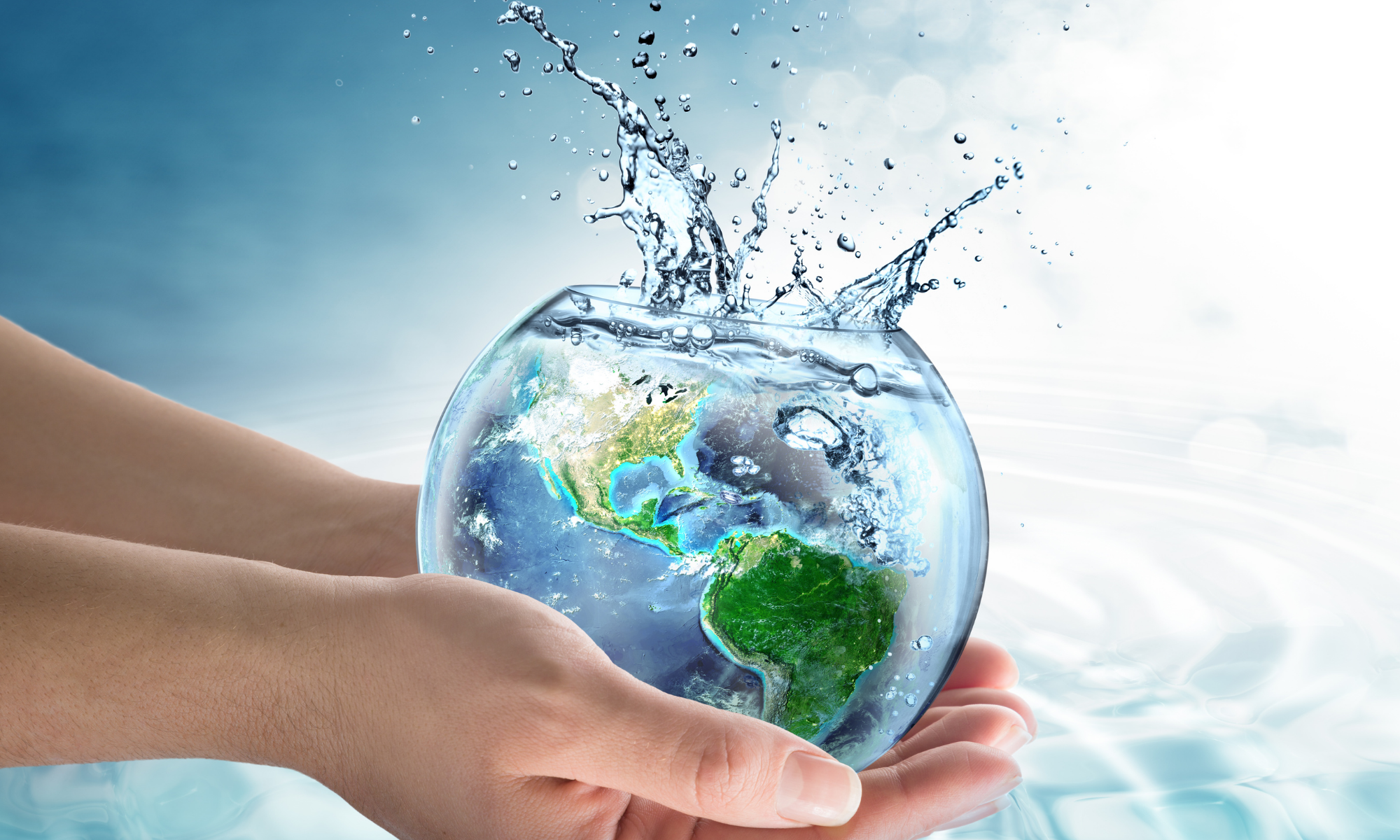Water conservation requires the implementation of strategies and activities that are used to manage water resources, such as fresh water as a sustainable resource. The objective of conserving water is to protect it from negative environmental impacts and to process it to be able to meet current and future demands.
Water is faced with a lot of challenges with the increasing demands from humans. There are also many environmental challenges such as climate change and environmental deprivation. Water is a necessity to human survival. With the current environment, due to climate change, water has become a challenge to many communities including those living in the Comoros Island.
Challenges of the Island Comoros
Climate change – As we know, climate change is the main reason for most of the challenges we are now facing in the conservation of water. The Comoros Island, which is near the East African Coast, receives more annual rainfall than most parts of the continent of Europe. However, due to climate change and deforestation, at least 50% of the permanent rivers have no water flow in the dry season. The island has lost 40 permanent rivers in the past 50 years. One intergovernmental think tank report has predicted that global crop yields could fall by up to 10 percent by 2050 because of climate change.
Disruption of the ecosystem – Since in the 1950s, the island has been cutting down their trees and turning them into farmland which they found was more necessary to provide food. In doing so, they have disrupted the ecosystem there. This led to the collapse of water conservation on the island since the water that was normally collected from the rainfall, was fed back into the grounds and rivers. There are many families now that are struggling to meet domestic needs and the farmers are finding it increasingly difficult to find adequate water to water their plants on the fields.
Disruption of livelihood – Three quarters of the people on the Comoros Island are involved in agriculture for a living. Since the decline in crops significantly, farmers have resorted to fertilizers in very large quantities to counter this issue. However, with very small crop returns and farms being divided into smaller and smaller plots with each generation, tens of thousands of people have been forced to leave their villages in the Comoros to look for work elsewhere. The village of Anjouan has become a major departure point for migrants in the archipelago trying to reach the nearby French island territory of Mayotte. Some farmers started packing soil into small seedling bags to try to achieve reforestation.
Population size – The population of the Comoros has doubled since 1980. According to the World meter of the latest United Nations data, the population size of the Comoros Island in 2020 is estimated at 869,601 people. Comorian population is equivalent to 0.01% of the total world population. This has been putting pressure on its forests. After they gained independence from France in 1975, the country experienced one of the world’s fastest rates of deforestation. The United Nations estimates that just 13 percent of the population in the Comoros now has access to the quality water it needs.
These challenges have affected the island negatively in all sectors, economically, socially, and politically. With the lack of proper water supply, the community and country’s development has been affected.
It is in this context that Semlex For Education has decided to finance 100% the installation of a solar water pumping and treatment station in the Comoros, thanks to the collaboration with Semlex Comores, Estia Synergie and Sotrad Water. This station plays an important role in the reduction of diseases and has an indirect consequence in the education of children. Indeed, diseases linked to contaminated water are an important cause of school absenteeism. An estimated 227 million school days worldwide are lost each year due to water-related illnesses.
If there are other projects that you would like to share with us, please do not hesitate to contact us!
Written by Bhoomattee Surujdin for Semlex For Education.
Sources
[1] United Nations Environment Programme, The challenges of climate change in the Comoros – October 2018.[2] Trenchard Tommy – There is no more water – Climate change on a drying Island – New York Times – Copyright 2020.
[3] Vision du monde, Le manque d’accès à l’eau potable prive les enfants d’éducation.


